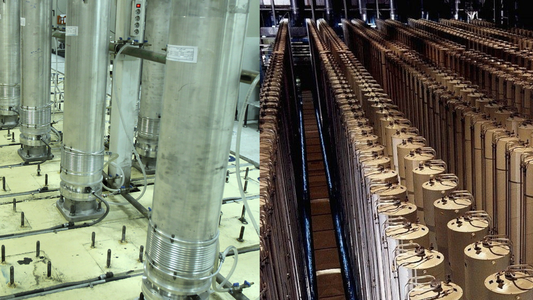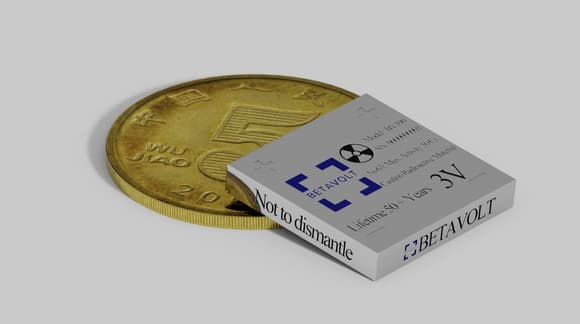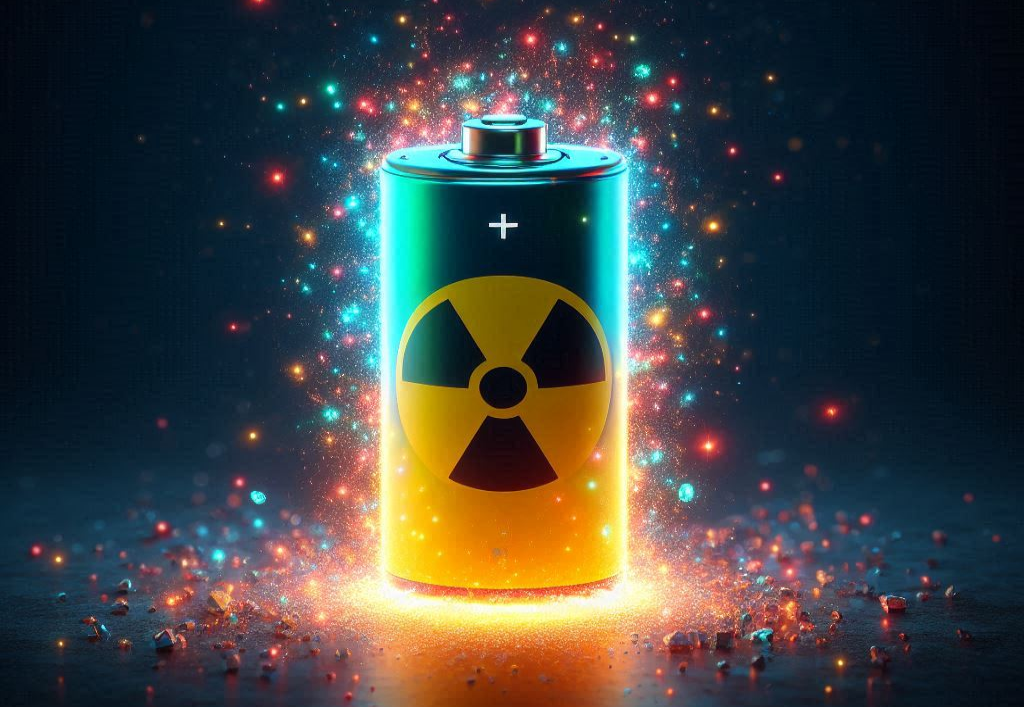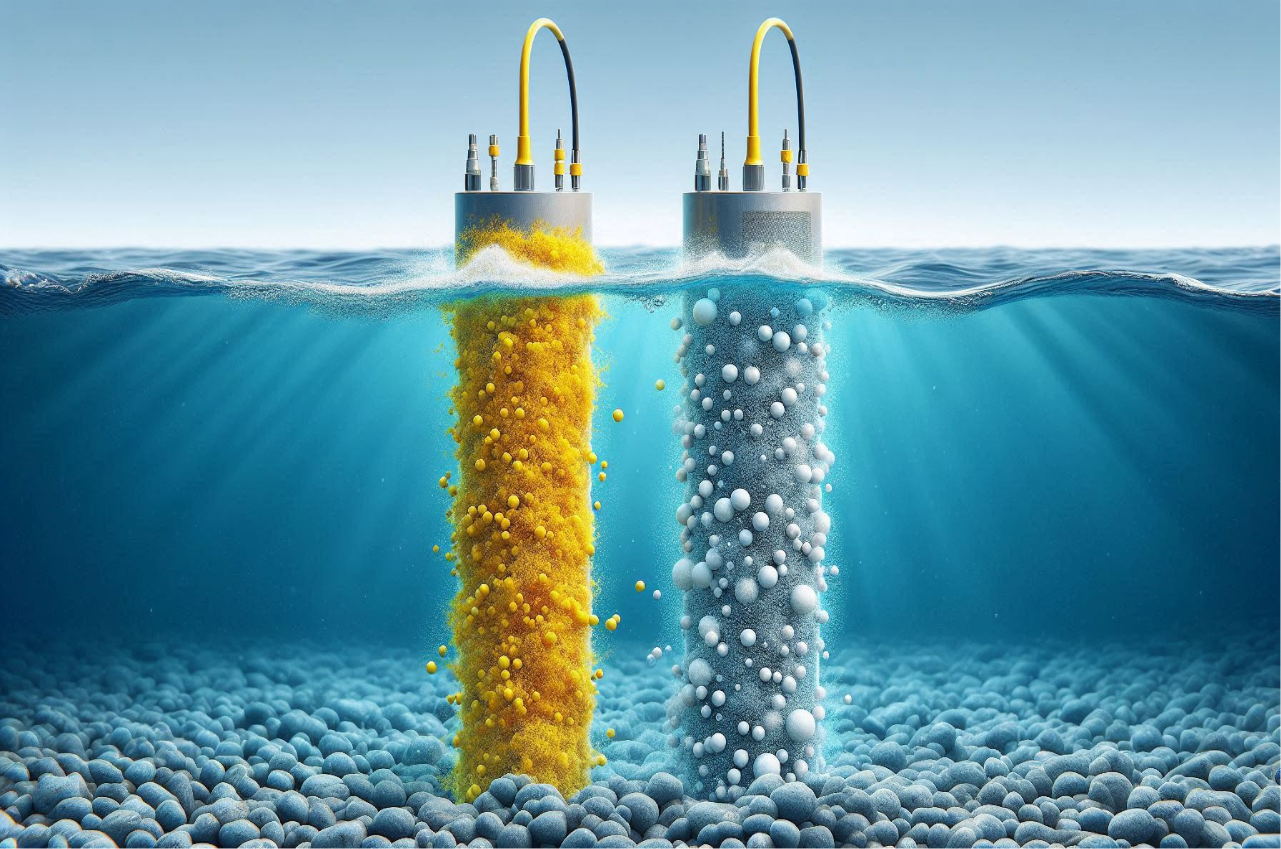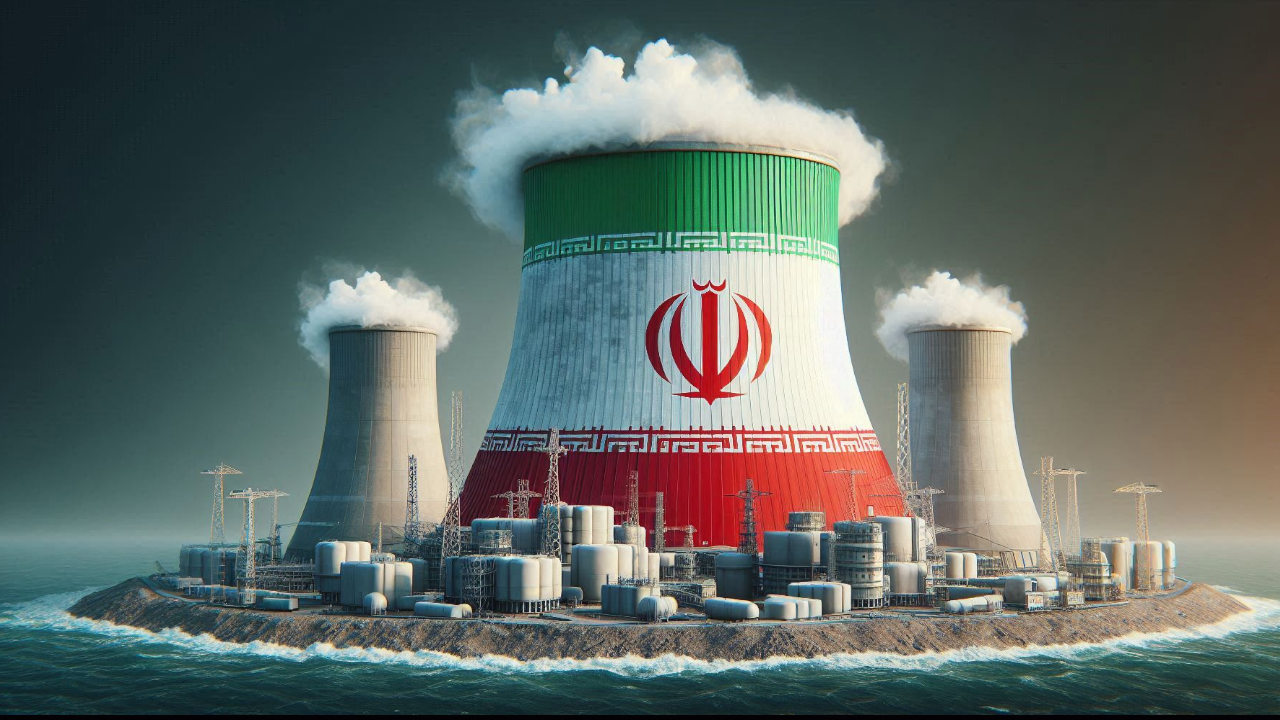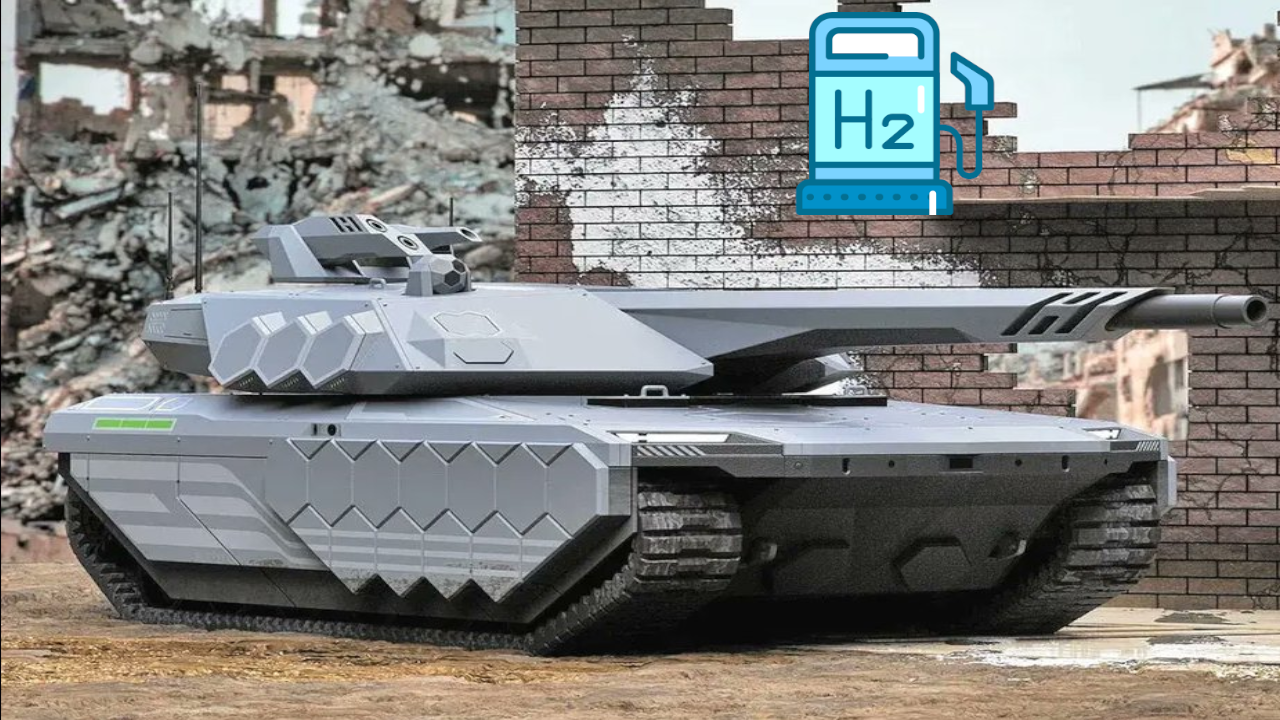Centrifuges are cylindrical devices that perform the enrichment of uranium-235, increasing its concentration so it can be used as nuclear fuel or in the production of nuclear weapons.
Raw uranium consists of isotopes, primarily uranium-238 and the lighter uranium-235, which is used in reactors and weapons. Therefore, enriching uranium-235 is crucial to increase its concentration.
Extracted uranium is processed into a gaseous state, uranium hexafluoride (UF6), and fed into centrifuges that spin at very high speeds. The rapid spinning creates a centrifugal force similar to the force that pushes a car outward when it speeds around a curve. This force pushes the heavier uranium-238 outward, while the lighter uranium-235 accumulates in the center. Multiple centrifuges are connected in series, and the slightly enriched uranium-238 is transferred to the next stage to gradually increase its enrichment (concentration).
To be suitable as nuclear fuel for reactors, uranium-235 must be enriched to a concentration of 3–5%, starting from a natural concentration of about 0.7%. For nuclear weapons, the concentration must reach 90%.
In theory, possessing uranium enrichment devices and repeating the process multiple times can continuously increase the concentration of uranium-235 until it reaches 90%. However, the process becomes more challenging as the concentration increases. Devices that enrich to 5% may not reach 90%, but those capable of reaching 60%, like those used by Iran, can potentially increase to 90%.
Each centrifuge produces a small amount of enriched uranium, only a few grams. Therefore, thousands of centrifuges are needed to produce sufficient quantities for nuclear reactors or warheads.
